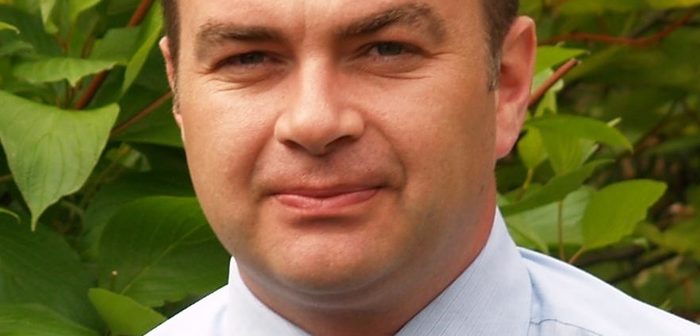The Metaldehyde Stewardship Group’s ‘Get Pelletwise! Agronomic Updates’ system is back for a third year due to its resounding success, and unprecedented demand from water companies across the country.
The weekly online reporting system sees agronomists updating water companies on metaldeyde slug pellet applications in key areas, providing valuable information on the likelihood of the molluscicide being present in watercourses.
Dinah Hillier, Thames Water catchment manager has been signed up to the initiative since its inception, and highlights the importance of the weekly agronomic reports in implementing ‘smart’ water abstraction.
“We appreciate the work that farmers are doing to reduce the likelihood of metaldehyde entering watercourses, that are subsequently used for drinking water, by adhering to the Metaldehyde Stewardship Group (MSG) guidelines and applying the pesticide responsibly,” says Dinah.
“However, with insight from the farming community, ‘smart’ abstraction is one way that the water companies can help themselves. We have some ability to halt abstraction into reservoirs, during periods when metaldehyde risk is highest, but have to ensure this is done effectively. We therefore need help from agronomists to understand the risk levels,” she says.
Dinah explains that agronomists fill in an online weekly report on the local soil conditions, drilling progress, and crop growth, as well as outlining any metaldehyde treatments that have been applied, or are planned imminently.
“Water companies receive these reports at the end of each week and use them to decide if there is a likely risk of high levels of metaldehyde entering watercourses. This enables us to plan, and halt abstraction if needed,” she adds.
“It’s a really valuable resource and it gives us confidence as to whether abstraction should be halted or not.”
MSG spokesman, Simon McMunn, explains that the success of the system is down to the information provided by the agronomists.
“We’re extremely grateful for the support of over 100 agronomists this year, but really we can’t have too many signed up. It’s a case of the more the merrier, so please get involved,” says Simon.
“Last year we had 569 reports submitted and we’ve received great feedback about the usefulness of the initiative. However, some counties are still underrepresented, so I really want to encourage all agronomists, particularly those advising in high risk areas to sign up,” he concludes.




